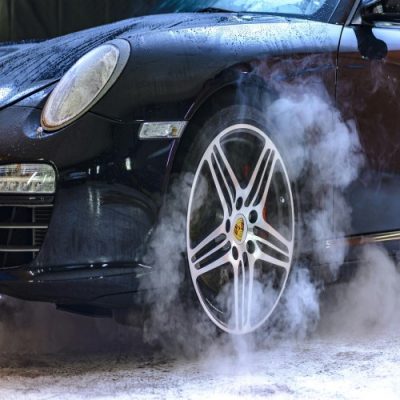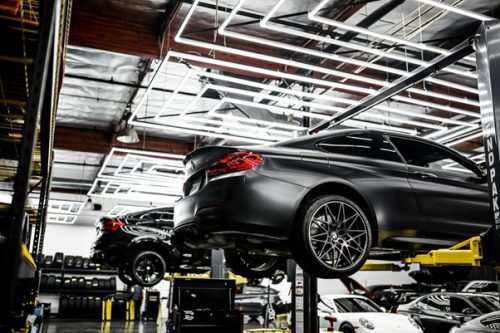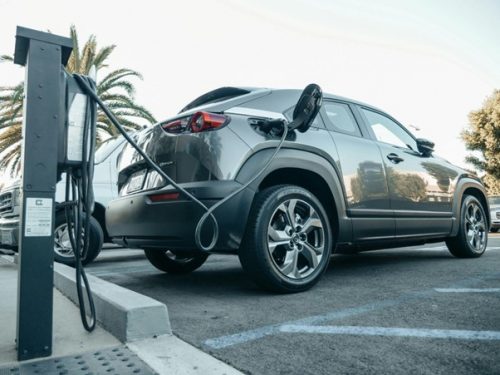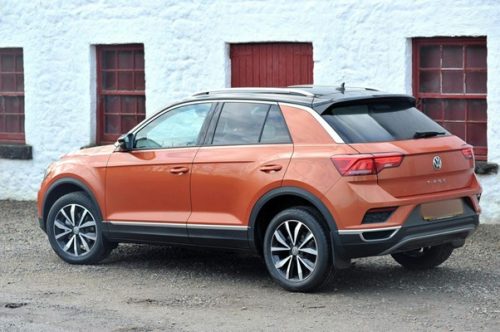
The Pros and Cons of Using Wheel Spacers: Are They Right for Your Vehicle?
Posted in: Car Insurance, Driving Tips, News.
If you are someone passionate about modifying your vehicle, you might have heard about wheel spacers. These small components are placed between the wheel hub and the rim, pushing the wheel outward.
While they may seem like a minor adjustment, their impact on a vehicle’s handling, aesthetics, and performance can be significant. However, just like any modification, they come with their own set of pros and cons.

What Do Wheel Spacers Do?
Wheel spacers alter the positioning of the wheels, making them sit further out from the hub. This simple adjustment can have multiple effects, both positive and negative, depending on the vehicle and its intended use. Understanding how they work is key to determining whether they are right for your car.
The Benefits of Wheel Spacers
There are several reasons why people opt for wheel spacers, especially those who are into off-roading, racing, or customizing the look of their vehicles. Let’s explore the main advantages:
1. Improved Handling and Stability
By increasing the track width of your vehicle, wheel spacers can provide enhanced handling, especially during turns. The wider stance gives the car a more stable foundation, which can lead to better cornering ability and less body roll. For performance enthusiasts, this improvement in handling can make a noticeable difference on the track or on winding roads.
2. Enhanced Aesthetics
One of the most obvious reasons people use wheel spacers is for aesthetic purposes. Pushing the wheels outwards can give your car a more aggressive, sporty stance. The tires may sit flush with the fender, making the vehicle look more balanced and appealing, especially when paired with custom wheels or larger tires.
3. Clearance for Aftermarket Parts
When installing aftermarket suspension components or larger brake calipers, there’s often a risk of these parts interfering with the stock wheel placement. Wheel spacers provide additional clearance, ensuring that aftermarket upgrades fit without any issues. This is particularly beneficial for cars with custom brakes that are larger than the original equipment.
4. Better Off-Road Performance
For off-road enthusiasts, wider track width translates to better stability on uneven terrain. The added width can improve grip and reduce the risk of rollover when driving over rough surfaces, making wheel spacers a popular modification for trucks and SUVs that are used for off-roading.
The Downsides of Wheel Spacers
While the benefits are enticing, wheel spacers aren’t without their downsides. It’s crucial to weigh these against the advantages before making a decision.
1. Potential Stress on Suspension and Bearings
One of the biggest concerns with wheel spacers is the additional stress they place on the suspension components and wheel bearings. By pushing the wheels further out, the load on these parts increases, which could potentially lead to premature wear or failure. Over time, this could mean costly repairs or replacements.
2. Increased Risk of Wheel Vibration
Improperly installed or low-quality wheel spacers can result in wheel vibrations at higher speeds. This is usually due to an imbalance or uneven distribution of weight caused by the spacer. A poor fit can also lead to misalignment issues, which can affect steering and overall vehicle control.
3. Potential for Fastener Failures
When using wheel spacers, longer bolts or studs are often required. If these fasteners are not of high quality or if they are improperly torqued, there’s an increased risk of them coming loose or failing under stress. This could be a serious safety issue, especially at high speeds.
4. Legal and Warranty Concerns
In some regions, using wheel spacers may be considered illegal or could void the warranty of your vehicle. It’s essential to check your local regulations and the terms of your car’s warranty before making any modifications. Skipping this step could result in legal consequences or issues with vehicle servicing down the line.
Are Wheel Spacers Right for You?
Deciding whether or not to use wheel spacers depends on your individual needs and goals for your vehicle. If you’re seeking better handling, a more aggressive look, or improved clearance for aftermarket parts, they could be a good option. However, if you’re concerned about long-term wear on your suspension or potential safety risks, it might be worth reconsidering or consulting with a professional.
Ultimately, the decision comes down to how you plan to use your vehicle and whether the benefits outweigh the potential drawbacks for your specific setup.
Conclusion
Wheel spacers offer benefits like improved handling, aesthetics, and clearance for aftermarket parts, making them popular among car enthusiasts.
However, they also come with potential drawbacks such as added stress on suspension components, increased risk of wheel vibrations, and legal concerns.
Deciding whether they are right for your vehicle depends on your specific needs and goals. It’s essential to weigh both the advantages and risks carefully, and if unsure, consult with a professional to ensure a safe and informed decision before modifying your car.
Tags: The Pros and Cons of Using Wheel Spacers: Are They Right for Your Vehicle?















